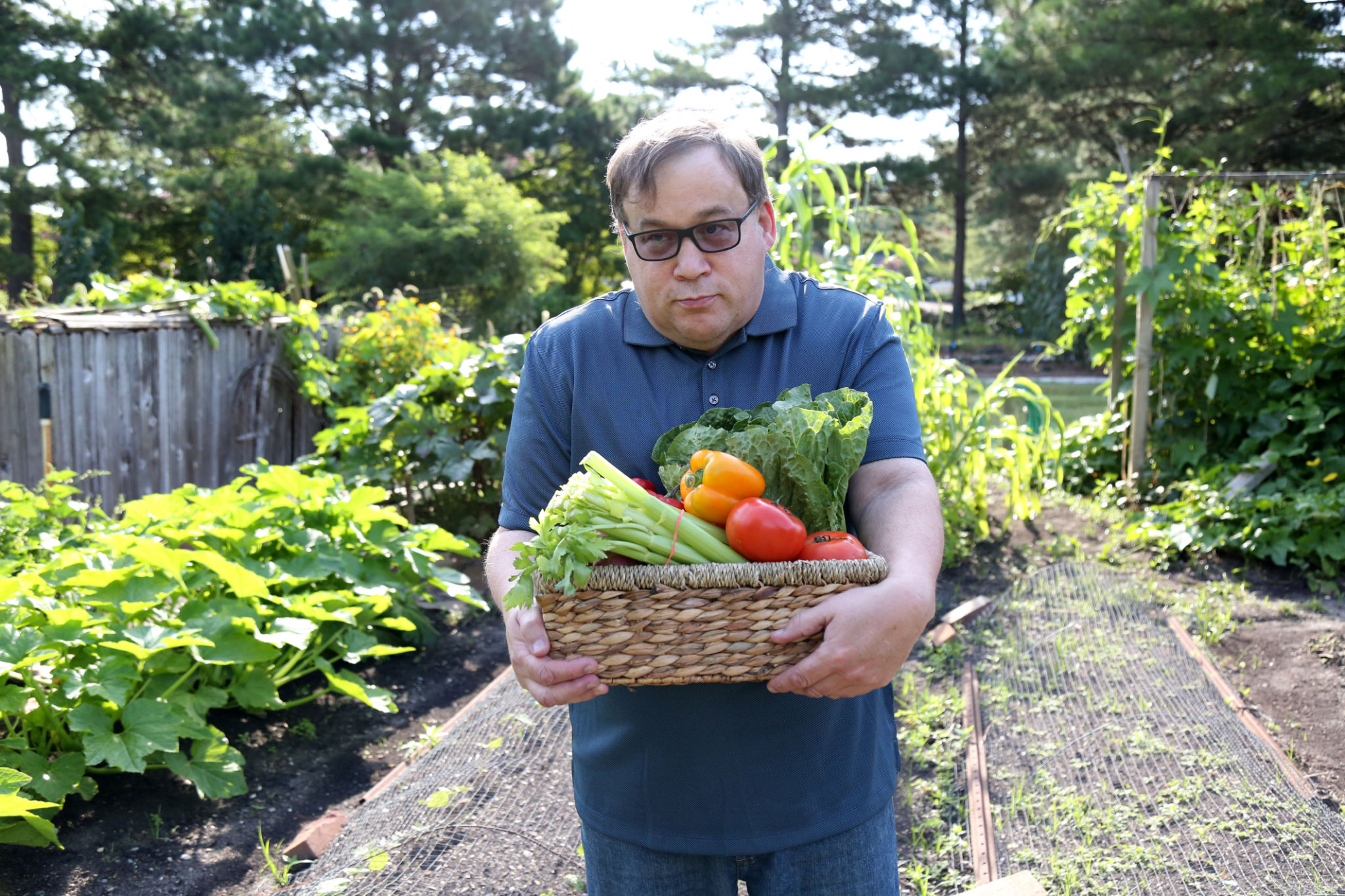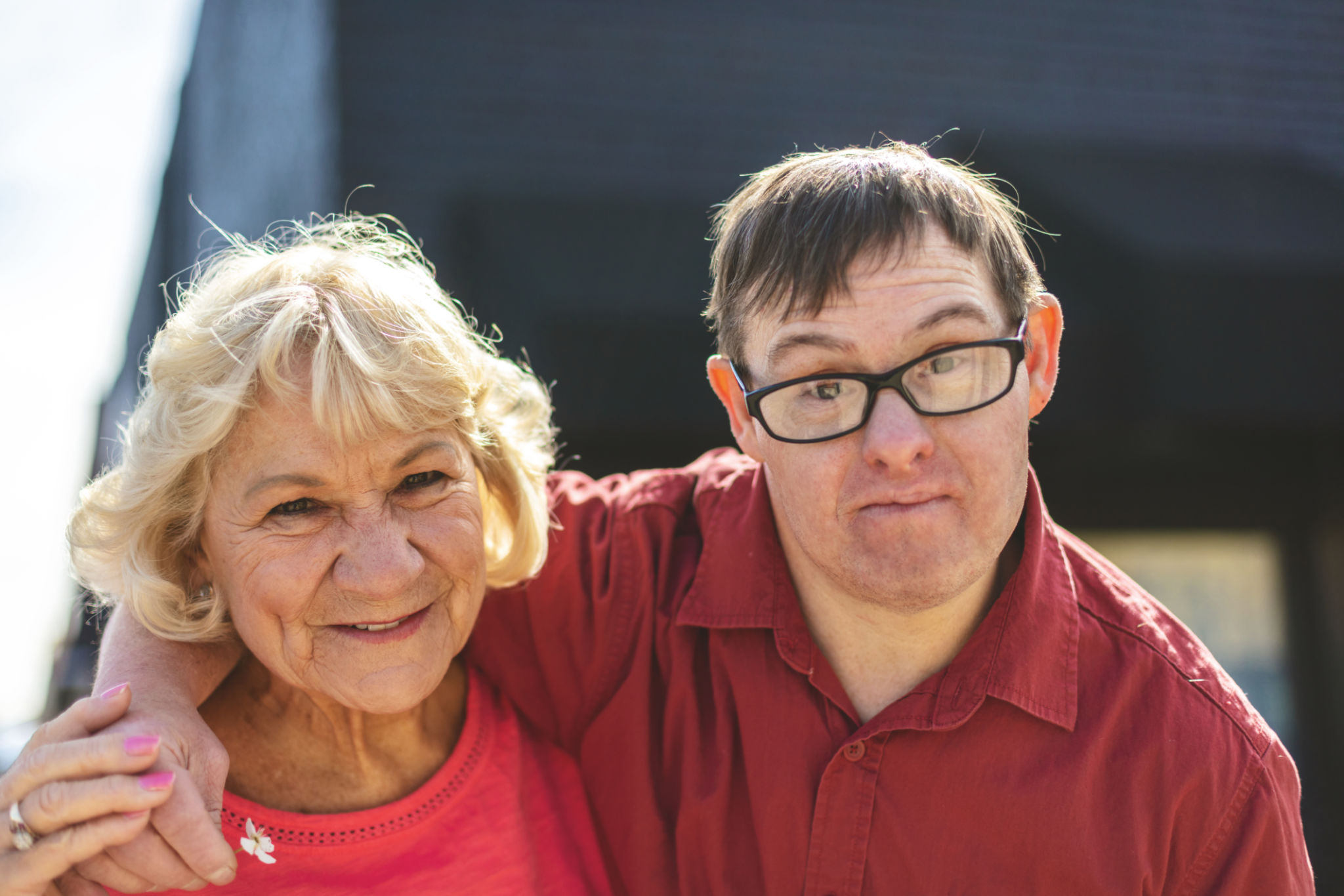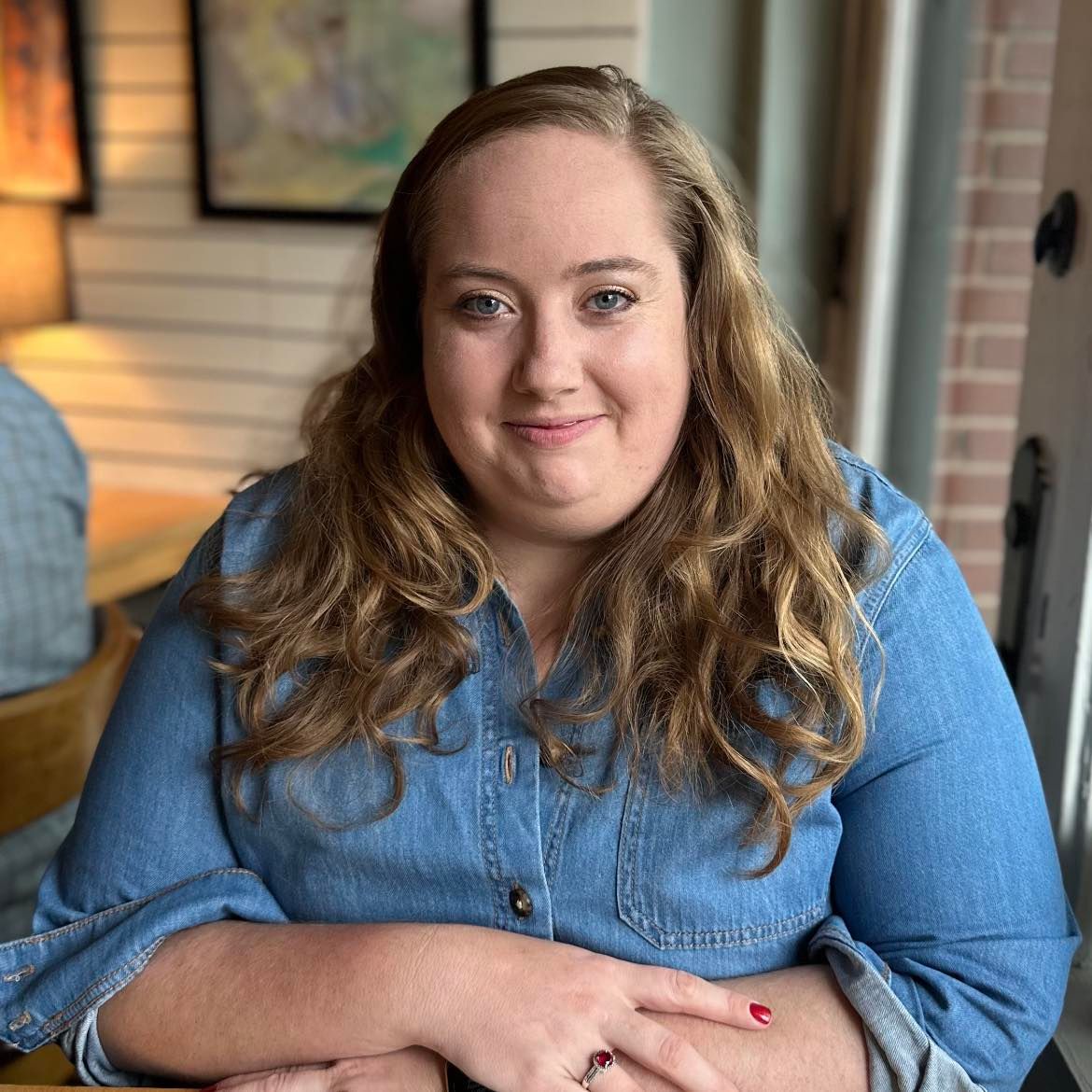What Happens When You Can’t Be the Caregiver Anymore?
SH
You won’t always be here. And deep down, you already know that.
I’m Samantha Harrison. Behind every Medicaid waiver and disability policy is a family fighting for their loved one’s future. This space is about truth, courage, and clarity—giving you tools, hope, and a steady voice when everything feels like too much.
For decades, you’ve been the one holding it all together.
Coordinating services. Managing medications.
Advocating at every meeting, every appointment, every emergency.
But your body is slowing down. Your energy is different.
And the question starts to whisper louder:
“What happens when I can’t keep doing this?”
You’re not being dramatic. You’re being responsible.
And the earlier you begin this process, the more control and peace of mind you’ll have.

Why It’s So Hard to Plan for “After You”
Here’s what I see aging parents struggle with over and over again:
💔 It’s painful to imagine your child without you
You’ve been their person. Letting go—even a little—feels terrifying.
❓ You’re not sure what’s even available
Between Medicaid waivers, guardianship rules, and underfunded services, it’s hard to know what your options really are.
👪 There’s no clear successor
Siblings might live far away. Other family members aren’t involved. And outside help feels risky without guidance.
🗂️ No one’s helping you make a plan
You’re told to “get something in place,” but what does that mean? A binder? A will? A staff list? A housing program? All of it?

✅ What You Can Do Starting Now
You don’t need the perfect plan. You just need the next right step.
1. 🧾 Document what only you know
Write down medical routines, agency contacts, staff instructions, communication styles, and what makes your child feel safe. Even 1–2 pages is better than nothing.
2. 🧠 Understand what Medicaid waivers actually provide
If you’re using a Kentucky waiver, get clear on the services offered—like Participant-Directed Services, respite, or Community Living Supports—and where the gaps will be when you're gone.
3. 🧑🤝🧑 Identify a circle of support—even if it’s small
Whether it’s a sibling, a cousin, a neighbor, or a paid staff person, you can start laying a foundation so that someone isn’t starting from scratch in an emergency.
4. 📅 Start transition planning while you’re still able to lead it
The best transitions happen when you’re there to guide them—before a crisis forces decisions.

Start Here — Before the Crisis Hits
If this all feels too heavy to do alone, you don’t have to.
I help aging parents:
✅ Build out a future care strategy that actually fits your child and your family
✅ Map out roles, supports, and services
✅ Create documentation others can actually use
Connect with trusted local providers and people
I currently have a few strategy sessions available for parents navigating this exact transition.
👉 Click here to schedule yours
You’ve done the hardest work already.
Let’s make sure that work lasts—even when you can’t be the one carrying it.

Meet Samantha
Samantha Harrison is a disability consultant with over 13 years of experience helping Kentucky families navigate Medicaid waivers, hire caregivers through Participant-Directed Services (PDS), and build care steams that actually work.
She’s on a mission to help families who are being left to manage complex systems alone—facing long waitlists, confusing rules, and impossible decisions without enough support. And with new Medicaid cuts looming, the stakes have never been higher.
Samantha offers hands-on, personalized support to help families get clear answers, take action, and create sustainable solutions—without getting lost in the red tape. If you’re ready for real help, you’re in the right place.

